News
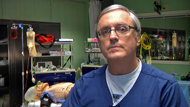
WASHINGTON (AP) — Suspended animation may not be just for sci-fi movies anymore: Trauma surgeons soon will try plunging some critically injured people into a deep chill — cooling their body temperatures as low as 50 degrees — in hopes of saving their lives.
Read The Article
Military IT leadership has been increasingly talking about equipping soldiers with smartphones, and now the Army's 5th Signal Command, via a procurement run by the Defense Information Systems Agency (DISA), is looking at the possibility of buying thousands of mobile devices in a move that could help get that strategy up and running.
Read The Article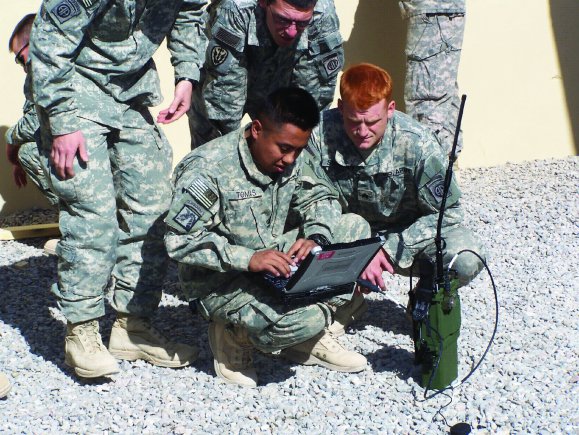
The Army is expanding its efforts to field networking waveform radios for its brigade combat modernization teams through the award of a $66 million contract to outfit eight teams with AN/PRC-117G radios, Army officials said Nov. 4.
Read The Article
The Army knows what its soldiers want for the field: the same handheld technologies they use at home. Now that demand is being met as the Army looks beyond smart phones and explores the best ways tablet computers can be used on base, in the classroom and in combat.
Read The Article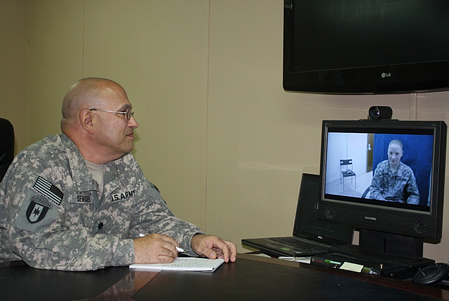
Telebehavioral health (TBH) has demonstrated to be a valuable tool in overcoming the terrain challenges in Afghanistan that severely limit in-person meetings between far-forward deployed Soldiers and behavioral health care providers. TBH is a low cost solution that increases a Soldier's access to health care in the combat zone.
Read The Article
Sauntering toward you like a mechanized zombie is the Army’s newest recruit: a robot with a blinking red light where its head should be.
Read The Article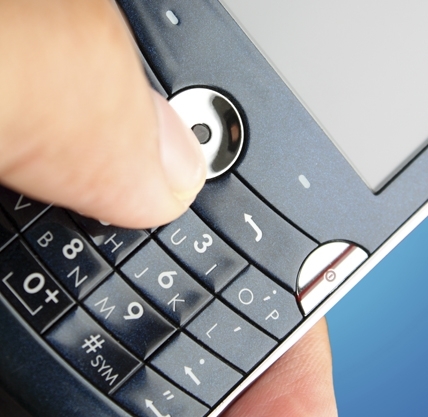
A new military telehealth application —mCare — is poised to help wounded active duty, Reserve, and Guard get the daily help they need to recover.
Presidents, kings, and dignitaries have a personal doctor who travels with them, who is on call — solely for them — 24/7. Most people do not have such a luxury, but the United States Army Medical Research and Material Command and its subordinate the Telemedicine and Advanced Technology Research Center are developing a new mobile phone application to offer wounded Army active duty, Reserve, and National Guard daily help to recover. The app is called mCare — a secure, bi-directional mobile messaging system for wounded warriors. In a nutshell, the mCare platform is a way to help wounded warriors keep in touch with their case manager and medical team through secured messaging using their personal mobile phones
Read The Article
A Congress intent on slashing the budget has cut military research money for finding ways to treat damaged eyes, an injury that has affected about 50,000 troops in Iraq and Afghanistan.
Read The Article
MONTEREY, Calif., Sept. 20, 2011 - Studies being done at the Naval Postgraduate School here aim to take telemedicine to the next level -- possibly using body sensors and robots on the ground and in the sky to help medics and corpsmen treat combat casualties.
Read The Article
Alzheimer’s researchers in the U.S. have felt the pinch of shrinking budgets and reduced National Institute on Aging (NIA) paylines this past year, but some glimmers of hope suggest this grim outlook could improve. In one such sign, the U.S. 2011 federal budget includes a $15 million allocation to create an Alzheimer’s research program within the Department of Defense (DoD).
Read The Article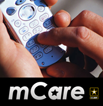

The National Institutes of Health today released recommendations or best practices for scientists conducting mixed methods health research. Mixed methods research combines the strengths of quantitative research and qualitative research. Despite the increased interest in mixed methods research in health fields and at NIH, prior to this report, there was limited guidance to help scientists developing applications for NIH funding that featured mixed methods designs, nor was there guidance for the reviewers at NIH who assess the quality of these applications.
Read The Article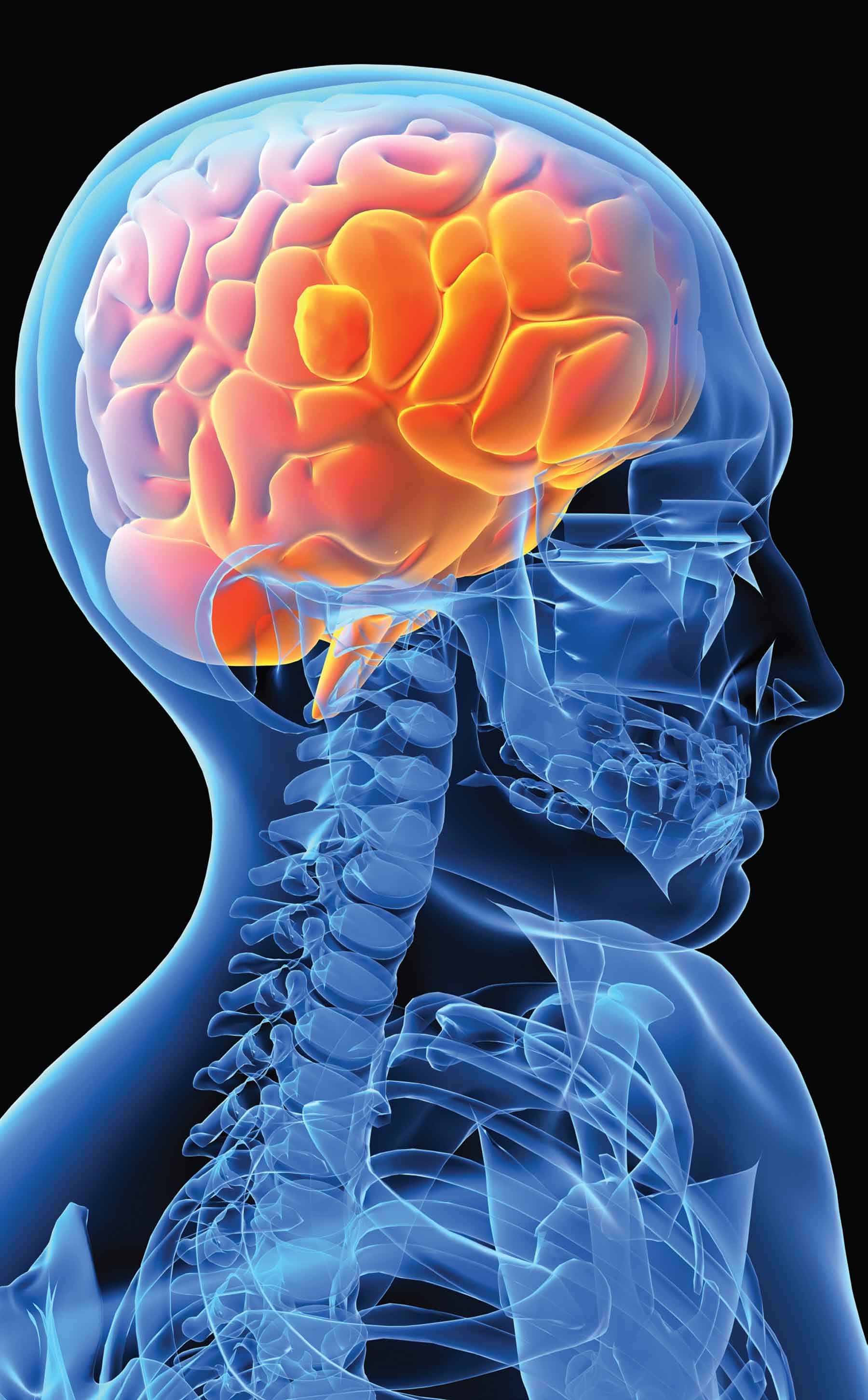
In June 2008, Defense Secretary Robert Gates identified five targets for military research and development. These targets emphasized research into the treatment of post traumatic stress (PTS), and Traumatic Brain Injury (TBI), and treatment options to benefit troops with the types of physical injuries they are currently receiving on the battlefield.
The Telemedicine and Advanced Technology Research Center (TATRC) was way ahead of the curve when it came to the invisible wounds of war.
“TATRC is the research scout for all military medicine,” said Army Colonel Karl Friedl, TATRC's director. “We are working with and funding some of the best and brightest people in medicine, academia, and industry to better protect, treat, and care for our military.”

When retired Marine Sgt. Adam Kisielewski and his family moved into their new handicap-accessible home Saturday morning, it marked the culmination of thousands of volunteer hours, hundreds of thousands of dollars in donated goods and services, and immeasurable community support.
Kisielewski lost his left arm and right leg in an explosion while serving in Iraq in 2005. He and his wife, Carrie, bought a three-story house in January 2006, which at the time he thought he could navigate on his prosthetic leg even if his wheelchair couldn't handle the narrow doorways and stairs.
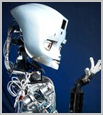
In Goethe's 1797 poem "The Sorcerer's Apprentice"—and in countless later versions of the story, including the famous sequence in Disney's "Fantasia" in 1940—disaster results when a young man, taking advantage of his wizardly master's absence, uses sorcery to lighten his chores. The poem ends with the admonition that magic should be used solely by experienced sorcerers.
No such prohibition applies in Frank Moss's "The Sorcerers and Their Apprentices"—the students at the Massachusetts Institute of Technology's Media Lab don't have to wait until the professors aren't around before they can start tinkering. The students work essentially as partners with their teachers, and together they have produced technological innovations that often seem touched by magic, from the e-reader to the lifelike robotic prosthesis now in development.
The Media Lab was founded about 25 years ago by Jerome Wiesner, MIT's president at the time, and computer-savvy architect Nicholas Negroponte, who became its first director. Mr. Moss, who was the lab's director from 2006 until he recently stepped down, tells us in "The Sorcerers and Their Apprentices" that the lab remains administratively where it was founded, in MIT's School of Architecture and Planning, but its reach has stretched well beyond that. And the term "media" in the lab's title has taken on seemingly unbounded meaning.
Read The Article
Can post traumatic stress disorder, suffered by one in five service members coming home from Afghanistan and Iraq and a contributing factor in suicides, homicides and drug addiction, be treated with the wave of a few fingers?
Researchers from the University of South Florida's College of Nursing believe it can. And they are using part of a $2.1 million U.S. Army grant to prove it.
The treatment is called accelerated resolution therapy. Discovered about four years ago by a Connecticut therapist named Laney Rosenzweig, it involves a therapist rhythmically waving fingers in front of a client's face to induce eye movements similar to those occurring during the deepest part of sleep.
Read The Article
From the Journal of Rehabilitation Research & Development article:
The integration of body-weight support (BWS) systems into gait rehabilitation strategies following stroke, spinal cord injury, and other neurological disorders has continued to expand over the last two decades [1-4]. While the conceptual framework for utilizing BWS is beyond the scope of the present discussion, at its core, unloading the paretic lower limbs allows patients with gait impairments to practice a high number of steps in a safe, controlled manner (Hidler et al. [5]). Varying BWS can also be used to alter the intensity of gait therapy since unloading the patient decreases both muscle demands and, subsequently, muscle forces throughout the lower limbs [6-8]. This can be particularly important during the early stages of neurological injury when patients are often sick and have poor cardiovascular endurance [9].
Read The Article
Southern California researchers working on wireless health technologies recently won commercialization support and research funding through the TATRC/Qualcomm Wireless Health Innovation Challenge. The awards will support UC San Diego work on artificial retinas made from nanowires, a UCLA system that helps people re-learn to walk after a traumatic injury, and USC tools that enable doctors to monitor and modify – from afar – drugs administered by infusion pumps.
The TATRC/Qualcomm Wireless Health Innovation Challenge aims to nurture and accelerate the commercialization of selected wireless health technologies developed in Southern California that have the greatest potential to improve healthcare delivery to U.S. military personnel and their families. The year-long program is hosted by the von Liebig Center for Entrepreneurism and Technology Advancement at the UC San Diego Jacobs School of Engineering with its program sponsors, the U.S. Army Telemedicine and Advanced Technology Research Center (TATRC) and Qualcomm Wireless Health.
Over the next twelve months, winners of the program will receive up to $92,000 to conduct proof of concept studies, technology development and preliminary market research to determine the commercial feasibility of their technologies. The teams will also receive mentoring assistance from the von Liebig Center’s Technology and Business advisors to help advance their technologies toward commercialization. The three projects representing three different universities in Southern California were selected out of 45 applications from ten universities and research institutes.
Read The Article
While Congress pokes around for budget cuts, few lawmakers want to drop programs that not only save wounded soldiers' lives, but put their bodies back together again.
One of those initiatives is the Armed Forces Institute of Regenerative Medicine (AFIRM), a Defense Department (DOD) program that advances miraculous medical techniques for the thousands of soldiers wounded in Iraq and Afghanistan.
Started by Ret. Army Col. Robert H. Vandre Jr., AFIRM is a consortium of 200 scientists and 50 academic and private sector partners who are engaged in clinical trials involving hand transplants, regenerated muscles and new skin for patients. Additionally, regenerative medicine technologies are being prepared for human clinical trials.
Read The Article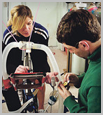
Afghan Campaign Spurs Military to Seek Remedy for Troops' Altitude Sickness 25 March 2011
Benjamin Levine is spending the spring recruiting college students in Dallas for an all-expense-paid vacation to the Rocky Mountains. Naturally, there's a catch.
The students will spend their time in Breckenridge, Colo., doing sit-ups, push-ups, wind sprints and a 12-mile hike to an elevation of 12,000 feet. If all goes as planned, some will also get quite sick.
The $2.5 million research project, funded by the Pentagon, aims to solve a difficult problem for the military. When troops are parachuted into high-altitude battlefields, many come down with acute mountain sickness. Accompanying headaches, nausea, dizziness and fatigue can be so debilitating some troops have trouble standing, much less maneuvering in combat.
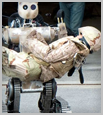
KILLING a soldier removes one enemy from the fray. Wounding him removes three: the victim and the two who have to carry him from the battlefield. That cynical calculation lies behind the design of many weapons that are intended to incapacitate rather than annihilate. But robotics may change the equation.
The Battlefield Extraction-Assist Robot, or BEAR for short, is, in the words of Gary Gilbert of the United States Army's Telemedicine and Advanced Technology Research Centre (TATRC), 'a highly agile and powerful mobile robot capable of lifting and carrying a combat casualty from a hazardous area across uneven terrain'. When it is not saving lives, it can perform difficult and repetitive tasks, such as loading and unloading ammunition.
The current prototype BEAR is a small, tracked vehicle with two hydraulic arms and a set of video cameras that provide a view of its surroundings to its operator via a wireless link. It has been developed by TATRC in collaboration with Vecna Technologies, a company based in Maryland that invented the robot. Daniel Theobald, BEAR's inventor and Vecna's boss, says versatility is at the heart of the robot's design. 'It would be completely impractical if you had robots with a sole duty to rescue soldiers, because they would spend most of their time unused,' he says. 'The whole idea from the start was to design a general-purpose robot.'
Read The Article

Prosthetic specialist Kevin Carroll travels the country tackling the toughest human amputation cases, so it was only natural that he was also drawn to Winter the only known dolphin to survive the loss of her powerful tail flukes.
'My heart went out to her, and I was thinking I could probably put a tail on her,' said Carroll, vice president of prosthetics at Hanger Orthopedic Group, Inc.
Recreating one of the most powerful swimming mechanisms in nature turned out to be a lot tougher than expected. But after months of experimenting, Carroll and a unique team of experts are well on their way to, as one of them puts it, 'MacGyvering' a tail for Winter.
Read The Article
Building kindness: National nonprofit makes accessible house for injured Marine veteran possible
17 February 2011Standing yards from where construction workers were pouring the footing for his new house, retired Marine Corps Sgt. Adam Kisielewski looked out on the view of horses in the pasture and the valley beyond.
'I don't even know what you could say about the kindness of others,' he said.
That kindness from family, friends and volunteers has helped him recover from severe injuries he suffered in an explosion in Iraq in 2005.'
Read The Article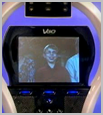
Because the slightest cold virus could kill him, Lyndon Baty almost never leaves the house, but science has found a way to let the 15-year-old Texas boy go to school at least virtually.
A robot avatar now goes to classes and wanders school hallways for Lyndon, who had been forced to stay in isolation at his home in Knox City ever since his immune system was wiped out due to complications from kidney disease. The teen controls his avatar robot through the laptop on his desk at home, guiding it to classes and telling it to turn to face people when they speak to him.
Lyndon still wonders at the changes the robot has brought. 'It's the most wonderful thing that's happened to me since my transplant,' he told TODAY's Meredith Vieira. 'It's like being there. I feel like I'm at school. I keep saying it's like being in two places at the same time.'
Read The Article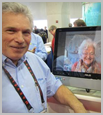
We all know that smartphones, tablet computers and big-screen TVs are transforming the workplace and home. But the newest gadgets could also be a tonic for medicine and health care.
Cellphones have already proven to be a potent medical instrument in improving patient outcomes. Diabetes patients who are sent videos on their cellphones and actually view them are more likely to check blood sugar levels and comply with their care regimens, said U.S. Army Col. Ron Poropatich, who spoke at the International Consumer Electronics Show in Las Vegas last week.
And wounded veterans sent text messages via cellphone have better follow-up treatment routines and feel more connected to caregivers, said Poropatich, deputy director of the U.S. Army's Telemedicine and Advanced Technology Research Center at Fort Detrick, Md.
Read The Article